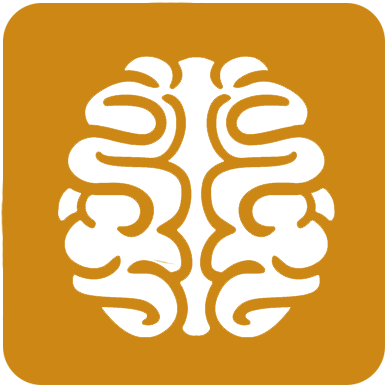Recurring headache is a symptom of many neurological conditions. The most important conditions are tension type headache and migraine. Rarely headache is caused by dangerous disorders.
More than 95% of adults have a headache once in their life. If the headache recurs regularly, we talk about a headache disorder. A lot of people with headache are treated by their general practitioner. If the headache is not well controlled or accompanied by other symptoms such as tearing of one eye, an evaluation by a neurologist is mandatory.
Migraine is a brain condition with spontaneous activation of certain neurons, causing mild to severe headache. Typically the pain is throbbing and worse with physical activity. The patient often feels nauseous or vomits, and noises and sounds ore bothering. Preceding the headache, some patients experience changes of appetite, fatigue, less concentration or a depressive mood. A minority of patients have an aura, usually causing visual symptoms. But speech difficulties, changes in sensation or muscle strength might also occur.
Based on the frequency of the migraine, we distinguish episodic and chronic migraine.
Tension type headache. A lot of people consider this type of headache as a ‘normal’ headache, and is only considered problematic if occurring 15 days or more a month. Tension type headache is mild to moderate and a pressing pain, without any other symptoms. The cause of tension type headache is not well known.
Based on the frequency of the migraine, we distinguish episodic and chronic migraine.
Tension type headache. A lot of people consider this type of headache as a ‘normal’ headache, and is only considered problematic if occurring 15 days or more a month. Tension type headache is mild to moderate and a pressing pain, without any other symptoms. The cause of tension type headache is not well known.
Cluster headache is a severe pain at one side of the head, usually prescribed as a stabbing pain behind the eye, at the forehead or at the upper jaw. It usually lasts 15 minutes to 3 hours and is accompanied by tearing of one eye, drooping of the eyelid, nose running, sweating or redness of the face. Nine in ten patients have an episodic cluster headache, having pain attacks for a period, followed by pain free periods. Most people can be helped with drugs and/or GON infiltration.
On the headache consultation we help patients:
- Diagnosing headache and facial pain.
- Optimising the treatment of pain attacks and preventative treatment in case of migrane or cluster headache.
- Treatment of chronic migraine infiltrating with botulinum toxin.
- GON-infiltration in case of cluster headache or chronic migraine.
- Considering neuromodulation for migraine or cluster headache.
Download - Headache calendar Chronic
Download - Headache calendar Episodic
Dr. Verstappen, dr. Kelderman and dr. Debruyne have a special interest in headache and migraine.
